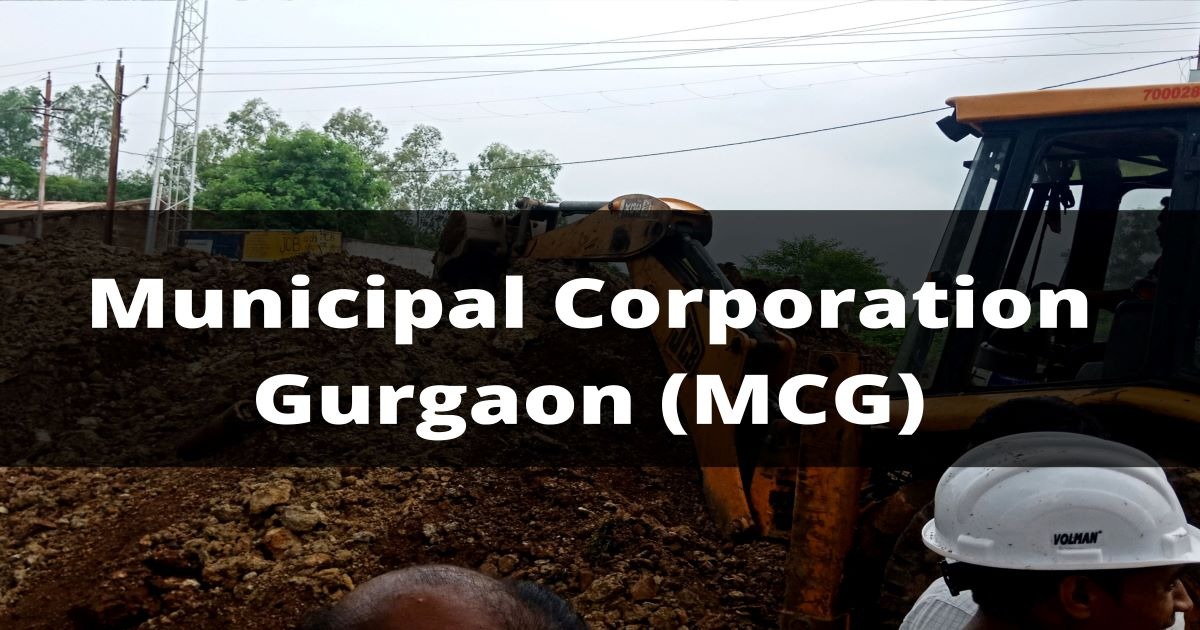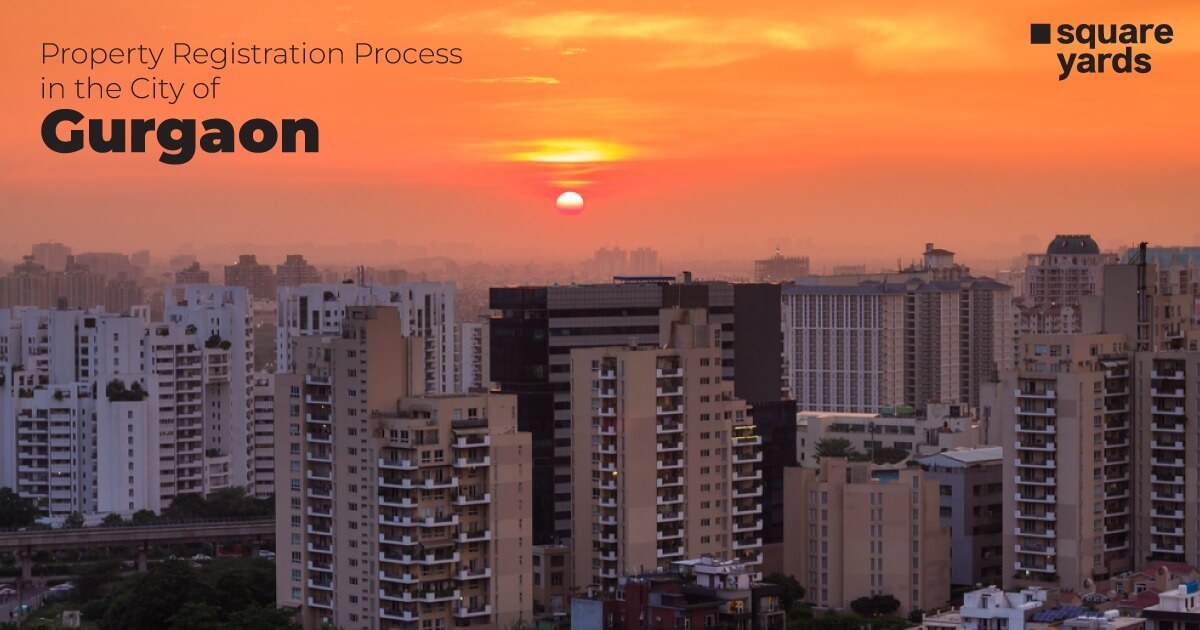
The longest tunnel in India is an engineering marvel and a matter of great pride for the country. Here’s looking into this major feat in brief.
You may have heard about the longest tunnel in India. This is the Syama Prasad Mookerjee Tunnel or the Syama Tunnel. This was previously called the Chenani-Nashri Tunnel. India’s longest tunnel is located in the Jammu and Kashmir Union Territory, right on the National Highway 44 (previously NH-1A). Work commenced on this tunnel back in the year 2011 and the inauguration took place on the 2nd of April in the year 2017. Prime Minister Narendra Modi inaugurated this tunnel which spans 9.28 kilometres in terms of its length.
The longest tunnel in India is also the first one with its own completely integrated system for tunnel control. It helps in successfully reducing the distance between Srinagar and Jammu by a whopping 30 kilometers. Traveling time thus goes down by 2 hours as a result. The all-weather engineering marvel helps in easily avoiding avalanche and snowfall prone locations during winters, particularly at zones like Kud, Patnitop and Batote which often obstruct the National Highway 44 and lead to long queues stretching for several days.

Vital details about the longest tunnel in India
The longest tunnel in India is located on the Himalayan range at the altitude of 1,200 m and it has been excavated from approximately 2 kilometres from the Chenani town which is to the south of Patnitop till the Nashri village that lies to the north of Patnitop. The project foundation was laid down in July, 2011, by Omar Abdullah, then-Chief Minister of Jammu and Kashmir along with Union Health Minister Ghulam Nabi Azad under the UPA Government which was then in power. Development of this tunnel was originally estimated to cost approximately Rs. 2,520 crore although it went up to Rs. 3,720 crore subsequently. The project completion timeline was May, 2016.
However, work was ultimately completed by April, 2017 and it was inaugurated thereafter by Prime Minister Narendra Modi, as mentioned. Construction of the longest tunnel in India was accomplished with almost 1,500 engineers, laborers, geologists and other skilled personnel. The project was overseen by the NHAI (National Highways Authority of India).
Key features of the longest tunnel in India
There are several exciting features that characterize the longest tunnel in India. The Syama Prasad Mookerjee Tunnel comes with a couple of tubes which run in a parallel direction to each other. The main traffic zone has 13 m of diameter along with an escape/safety tunnel with 6 m in diameter. The tubes are each 9 kilometers long approximately and are linked via 29 cross-passages at intervals of 300 meters each. These passages add another 1 kilometer in length while the cross passages comprise of approximately 19 kilometers in length.
There are exhaust meters which check air throughout the tunnel and inlets positioned on every 8 meters for the inflow of fresh air. This is brought into the main tube and outlets for the exhaust across each 100 m opening of the escape tube. This is the country’s very first road tunnel and the 6th in the world to feature a transverse ventilation system. It ensures that smoke from tailpipes within the tunnel is kept at minimal levels for avoiding any suffocation and ensuring good visibility. The 29 cross passages are used for evacuation via escape tunnels or towing away vehicles. There are 124 cameras positioned here along with the linear heat detection system and ITCR (Integrated Tunnel Control Room) outside. There is traffic police stationed outside the tunnel as well.
Here are some other key attributes of the longest tunnel in India:
- SOS boxes have been installed for every 150 meters.
- These are emergency hotlines for travellers.
- People only have to open the doors of these boxes and state Hello to reach out to the ITCR.
- Mobile phones can be used within the tunnel.
- Lighting is adjusted at the luminous strength gradient to combat sudden vision disruption owing to light changes while entering or exiting the tunnel.
- There are sensors for detecting fires, post which fresh air will not be pushed into the tunnel and exhausts will keep functioning.
- Longitudinal exhaust fans are placed at intervals and will cover 300 meters on either side of fires, pushing smoke upwards.
- Vehicles with foam and ambulances will be venturing through the tunnel thereafter for evacuating travellers and combating the fire.
- The heat detection framework will be recording any temperature rise via high emissions. In these scenarios, ITCR will be connecting with tunnel staff inside, who will pull over offending vehicles into the lay-by and remove the same with a crane through the tunnel for parallel escapes.
- Both tunnel tubes are completely waterproof.
Commuters love the longest tunnel in India since it cuts down traveling time by 2 hours between Srinagar and Jammu while helping avoid a total of 44 spots which are prone to landslides and avalanches along the highway. The waterproof and all-weather tunnel has facilitated growth in tourism and trade for Jammu & Kashmir. There are parking spots present for vehicle breakdowns as well. Traveling distance between the two state capitals has reduced to 10.9 kilometers from 41 kilometers previously.



































